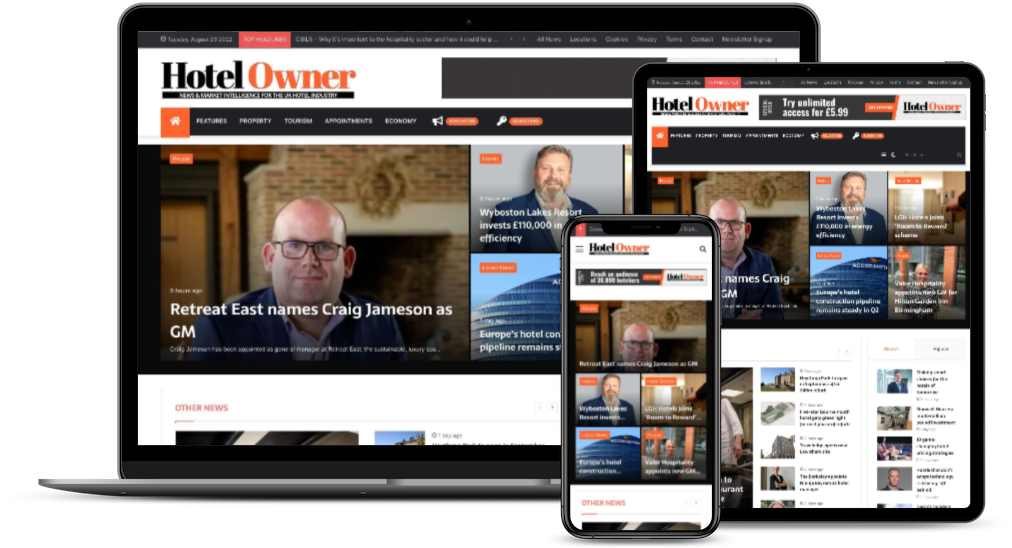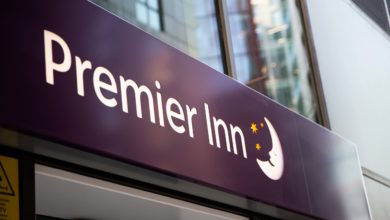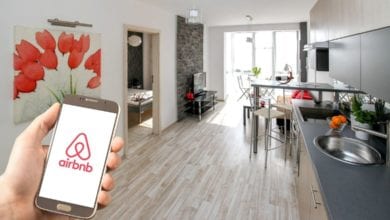
In 2019, the booking abandonment rate for hotels was a staggering 84.63% – a figure that means only around 15% of prospective guests actually go through to confirm a booking.
An astonishing statistic, but one that provides a huge opportunity. If someone has shown enough interest in your offering to get as far as actively going into your booking engine before leaving – then there’s a very good chance of being able to tempt them back into it through a dedicated retargeting campaign.
But how do you do this?
Well, there’s a multipronged approach you can follow, but you need to ensure the basics are in place first.
Create a user-friendly guest journey
Get your booking process sorted first of all. Key to this is reducing the number of steps in it. Ours for instance, Profitroom has a three-step process that delivers a conversion rate of between 25-36%, with the industry standard sitting at 20%. This is something that’s been achieved through integrated payment merchants and a really user-friendly – but above all swift – checkout process. Making it as easy as possible to complete a purchase, makes it all the harder to say no.
Part of the user-friendly guest journey should involve dedicated special offer landing pages. By this, we don’t just mean showcasing discounts, we mean creating packages to include experiences, gift vouchers, upsell opportunities and more – something that helps the guest to properly imagine what their stay will be like. The sizzle sells the sausage as they say, and a compelling package of experiences helps people to envisage themselves at your property enjoying what’s on offer.
An important point to remember is to ensure you display the relevant info. Put all the package costs on the hotel card and the offers unique landing page – as presenting the right information at the right time for the guest means they don’t have to click back to review anything, thanks to the relevant information about room types already being there. Eye-catching, attractive landing pages increase IBE (into booking engine traffic), which, combined with a speedy booking process, reduces the need for retargeting in the first place.
Three key retargeting methods
However, when guests do leave the booking funnel, there are three standard approaches that can be used to retarget guests; email retargeting, paid remarketing campaigns and on-screen prompts.
Email retargeting allows you to follow up with those who haven’t completed a booking. You’ve no doubt encountered “You’ve forgotten these” style emails from retailers, where they draw your attention back to products left, but not bought, in a virtual shopping basket. This is a similar version of that for hotels. If a guest has got part way through the booking process before stopping and not confirming, you can remind them of the deal/availability (or even offer them something new to tempt them) via a personalised email.
These can all be automated too, meaning you don’t have to rely on staff to actively go in and message them – a good CRM system will do this for you. Obviously, the key to this is having their email address in the first place, so either look to capture this early on in the booking process where possible, or persuade them by offering targeted ‘loyalty’ discounts/offers to those who share their email address with you.
Segmenting your database to target users based on the data you’ve accrued can also reap rewards here – something that our CRM system can deliver. More and more, guests are looking for a personalised experience – so tailor packages to suit certain demographics or specific segments within your target market. This can see you making the most of onsite amenities or providing a unique experience by partnering with a local business who share a similar audience. Helping guests to envisage a stay with you through ‘storytelling’ – using images, videos and compelling copy – encourages them to book.
Paid remarketing campaigns are essentially online advertising (via social media, Google and so on) that uses cookie data to try and draw people back into the booking funnel. Again, this is something most of us are familiar with from a retail perspective – and it’s something hoteliers shouldn’t overlook. Timely adverts popping up to remind you of a prospective hotel stay can make you revisit, and hopefully confirm a booking.
On-screen prompts are the third key option here. These are basically last-minute prompts that try to keep people on page if they’re looking to exit your website. Stats report that 80% of people who encounter your property for the first time via OTAs such as Booking.com, will then look to the hotel’s direct website to help reassure them about the legitimacy of the booking. This is where on-screen prompts can work well if you reinforce the ‘book direct’ message, especially if there’s a loyalty discount tool used to tempt them. The loyalty discount tool also helps in building the database for email retargeting, a method that’s been proven to enhance engagement through increased open rates and conversion, and a key tactic that we employ at Profitroom.
Given the huge proportion of guests who make tentative steps to explore a booking before pulling out, it’s essential that you take steps to try and encourage them to come back. With almost 85% abandoning a booking, persuading 5/10/15% of those to return and confirm a booking (achieving the latter figure would effectively double the number of bookings based on the 2019 data!) can make a huge difference to revenues. Abandoned bookings are essentially warm leads, so it’s crucial you don’t neglect them. Actively retarget them in a considered approach and you’ll see increased bookings, enhanced revenues and boosted profits.
Kirsty Beasley, is the market development manager for Profitroom, a leading provider of hospitality marketing and direct booking solutions.









